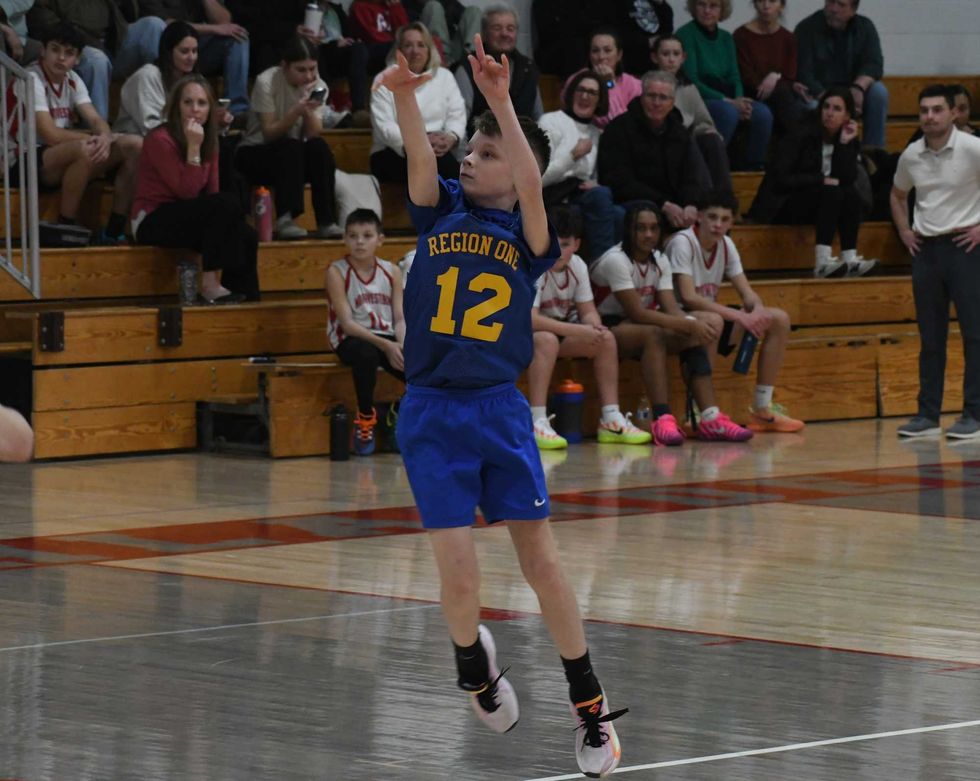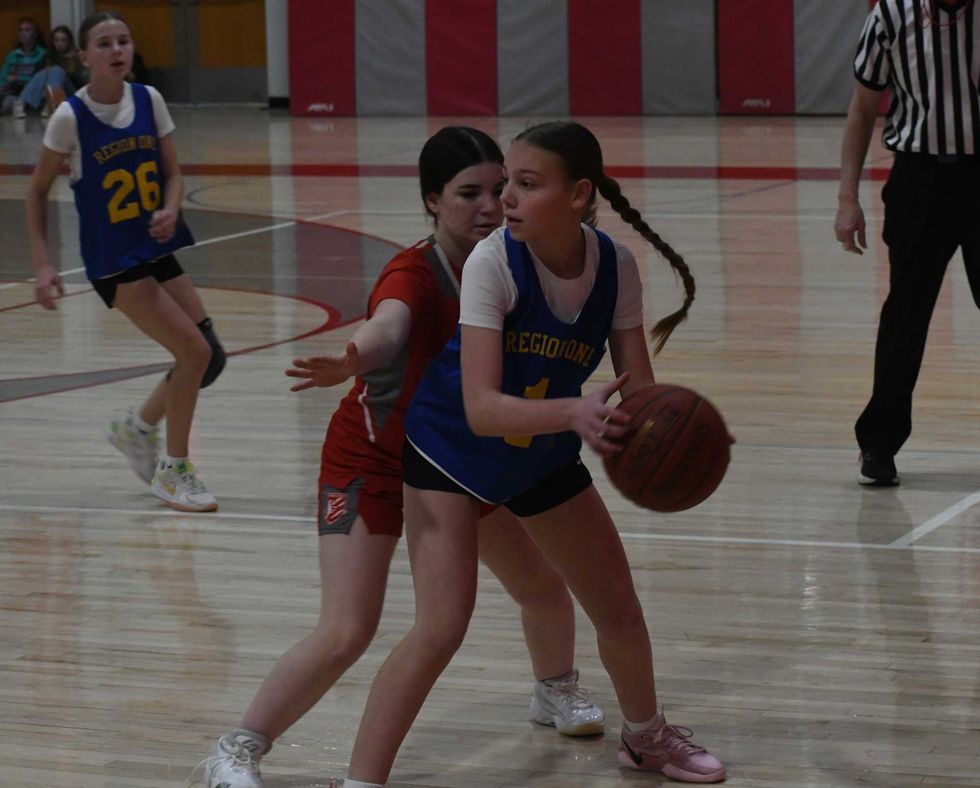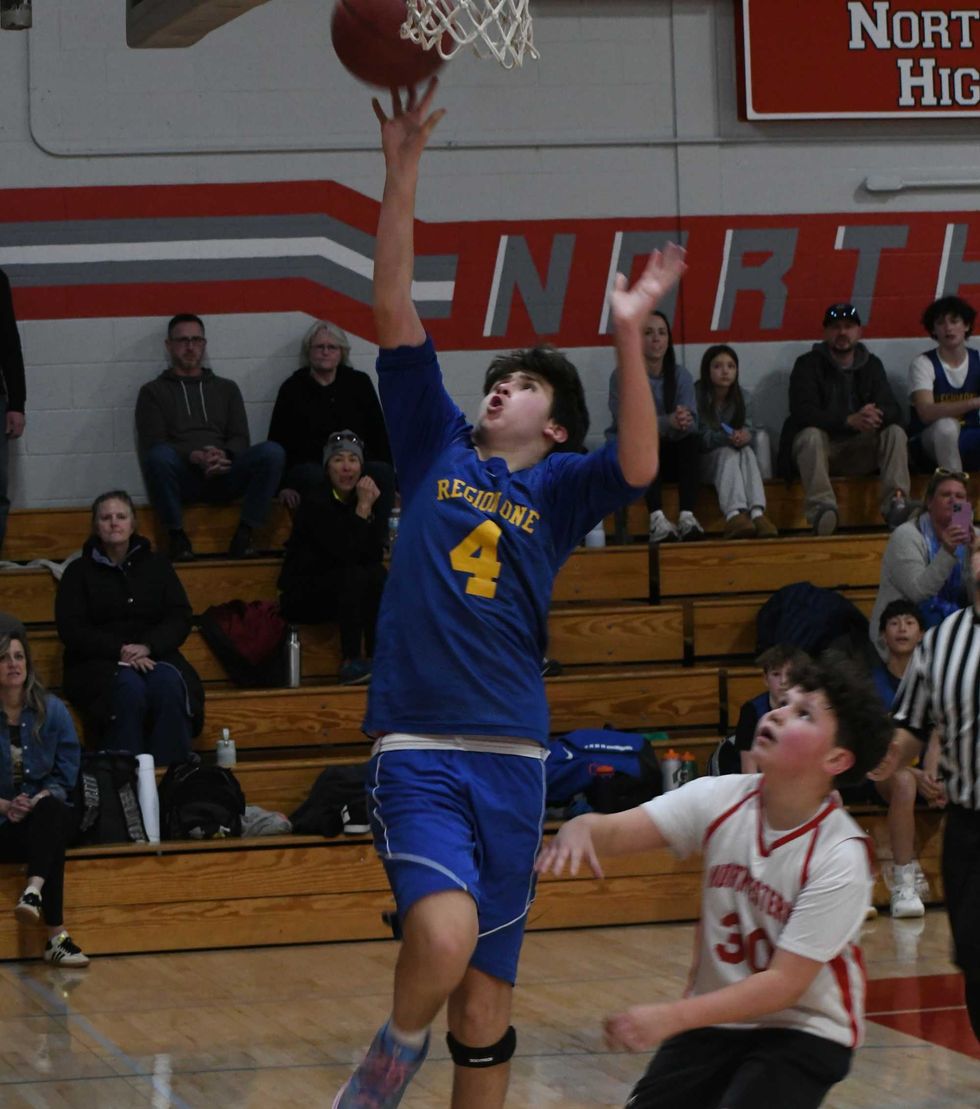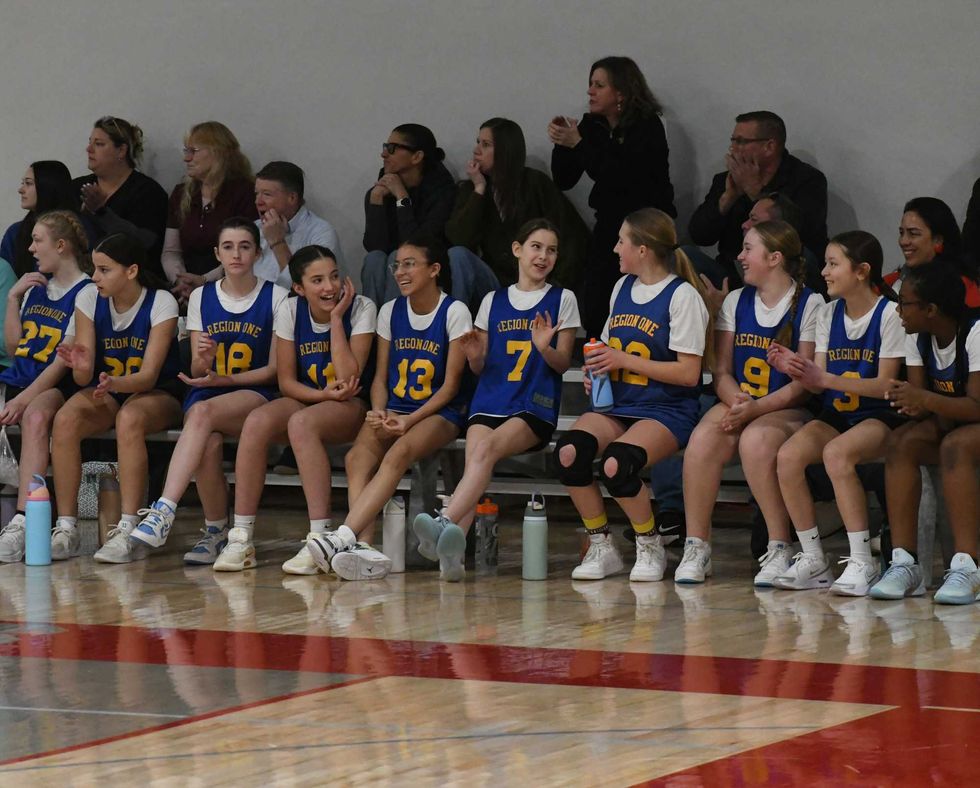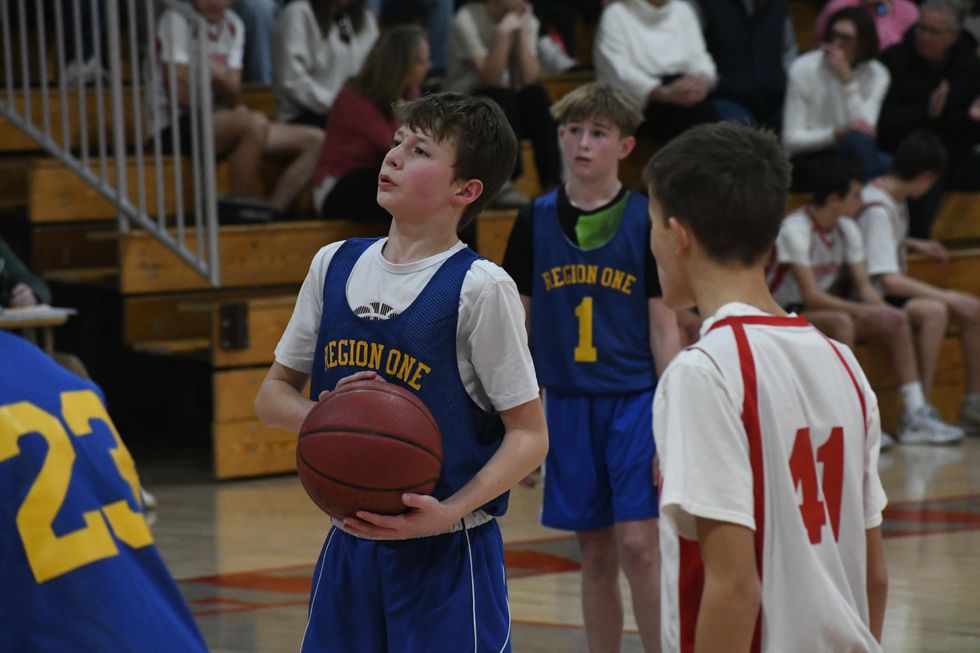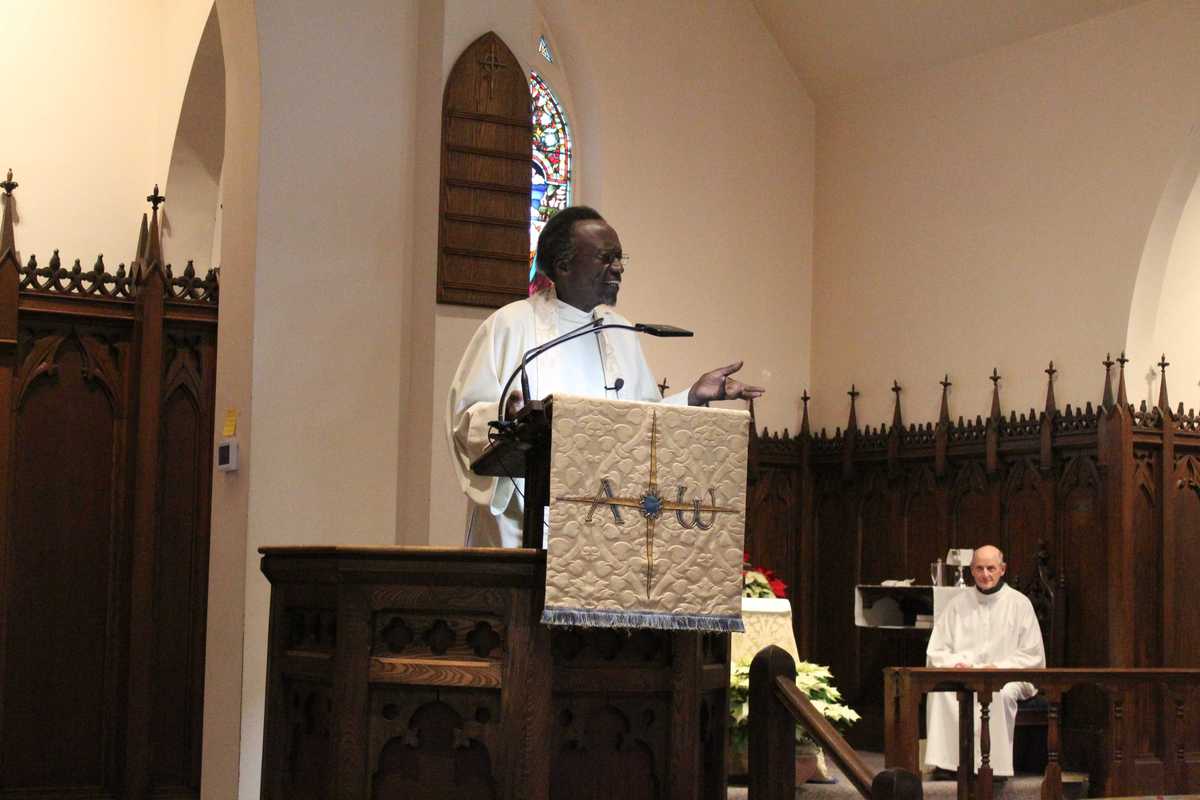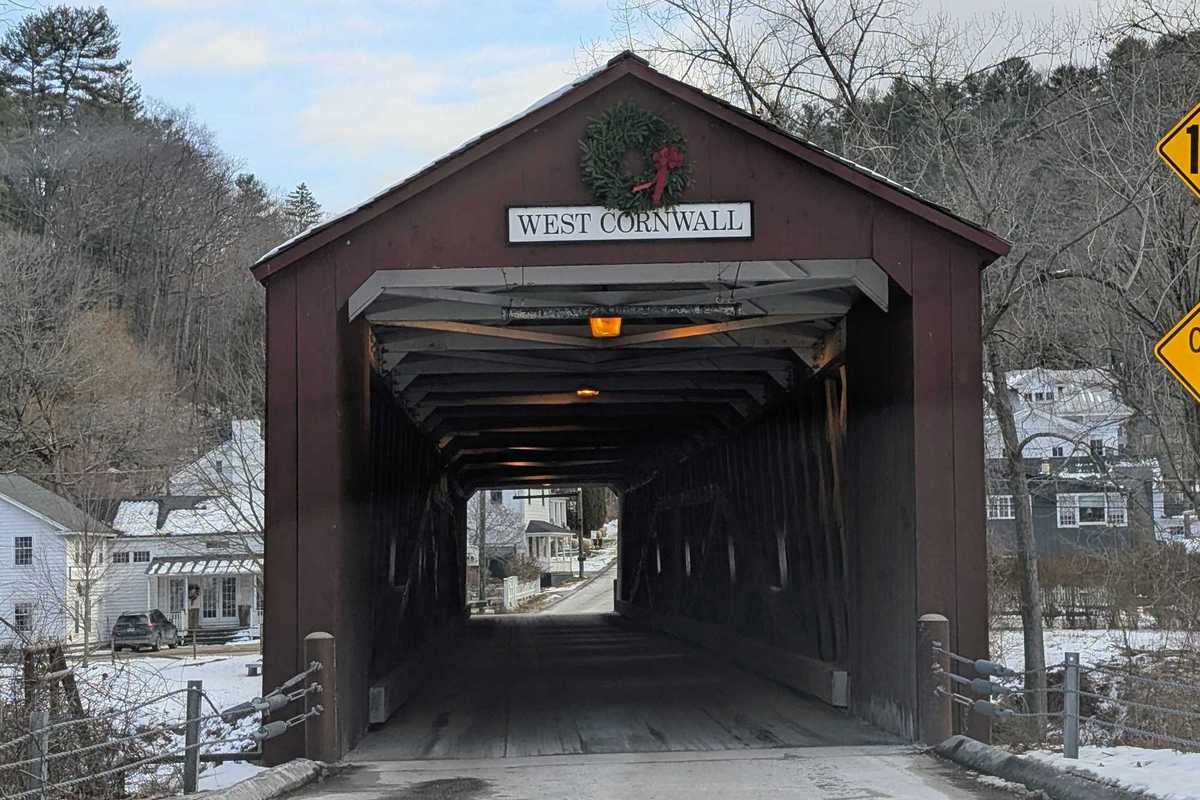Blues Project Is Back, and Taking it on the Road

Steve Katz, a founding member of Blues Project, can still spend all day noodling around with his guitars in his home studio in Kent, Conn. His band, Blues Project, returns this summer with a concert June 25 and a new album.
Photo by Cynthia Hochswender
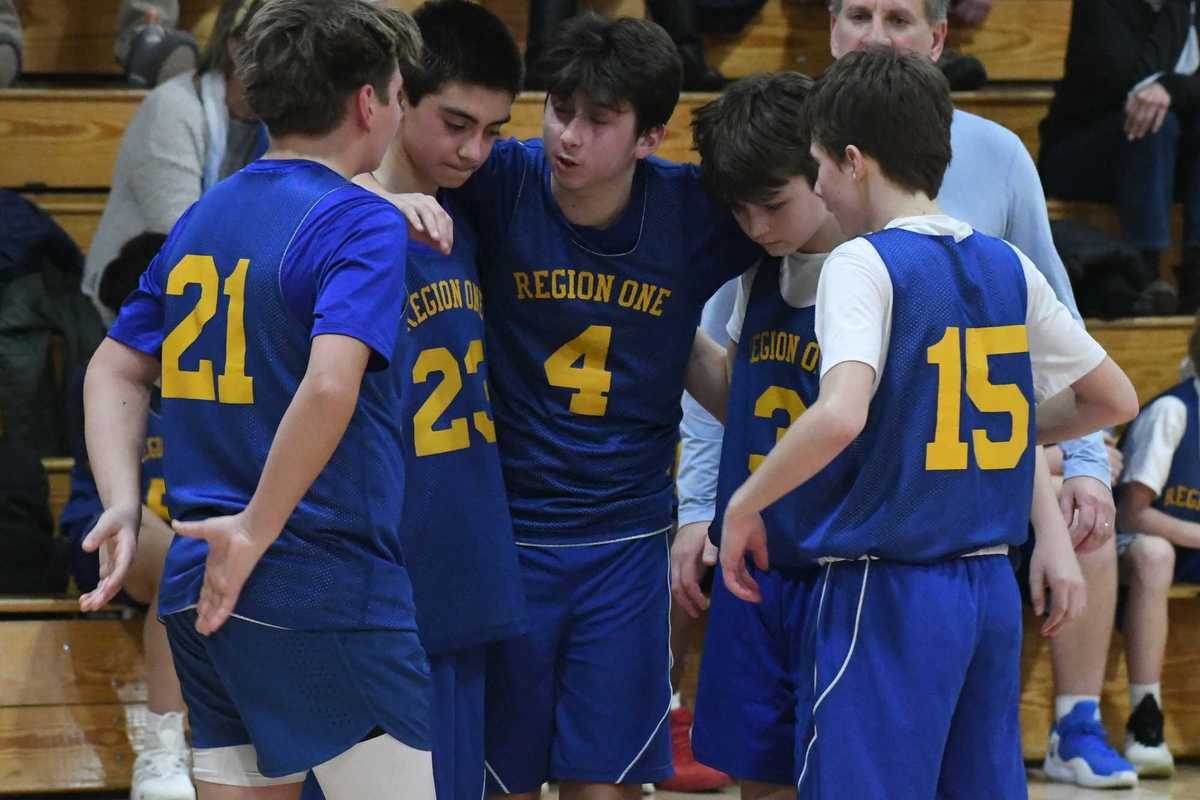
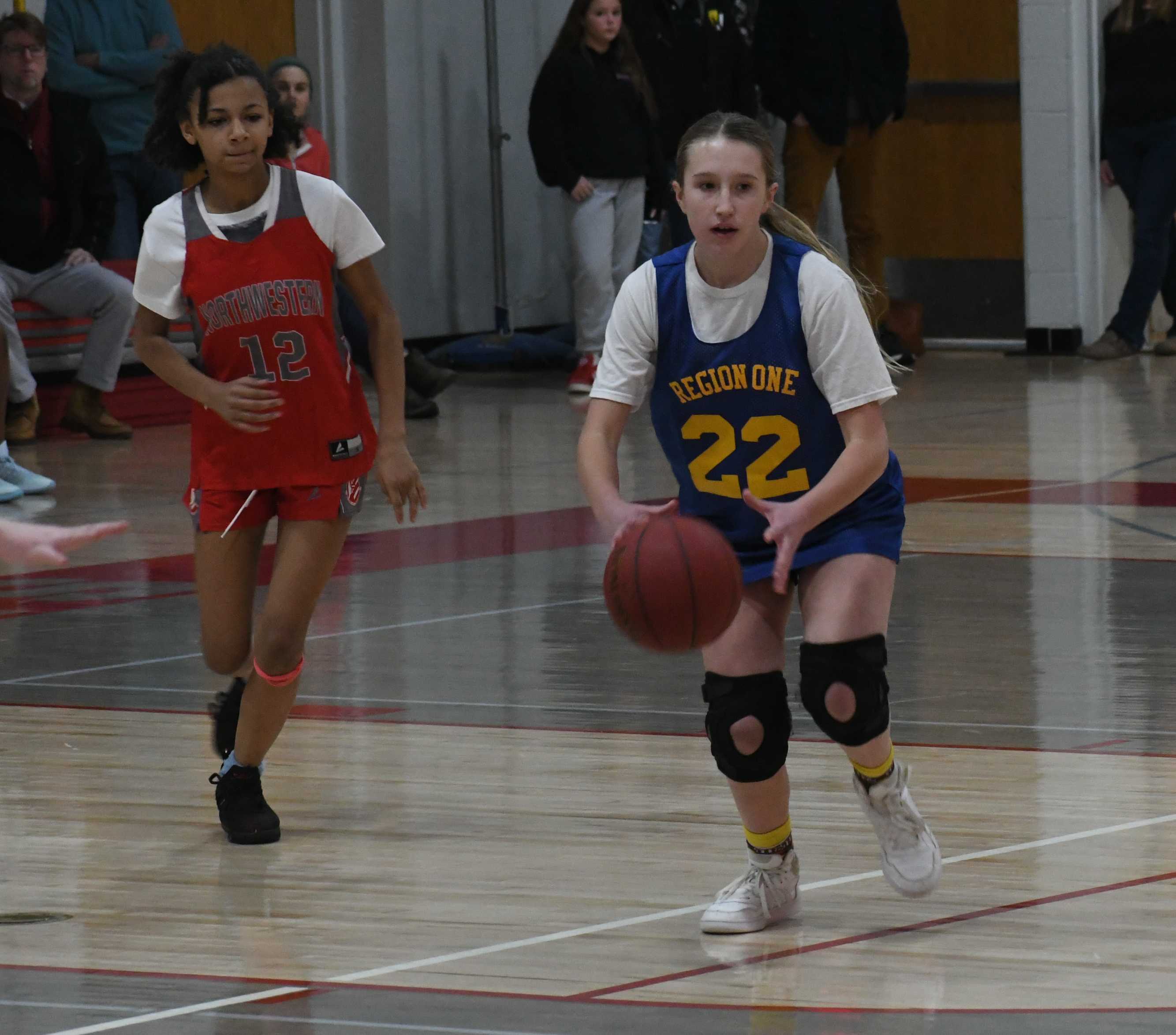 The Region One middle school girls basketball team played Northwestern Jan. 15.Photo by Riley Klein
The Region One middle school girls basketball team played Northwestern Jan. 15.Photo by Riley Klein